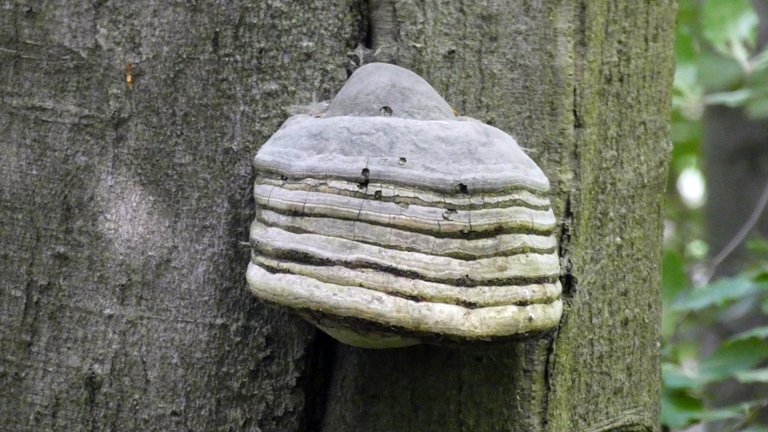

Tinder fungus (Fomes fomentarius), commonly known as polypore, is probably the most common species of arboreal fungus. There was a lot of it in the beech forests where I was walking recently.
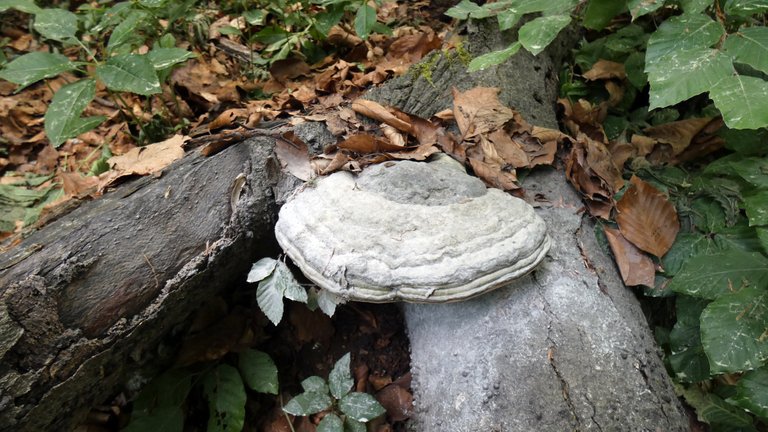
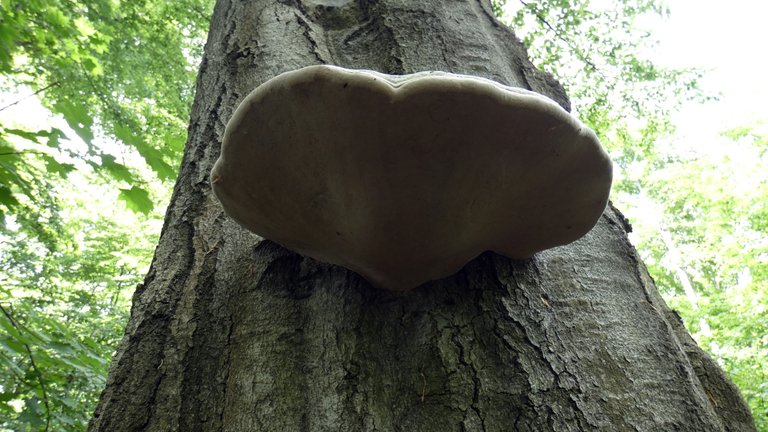
It appeared in different places, on different trees, whether healthy, stately beeches or dead, blown down by the wind.
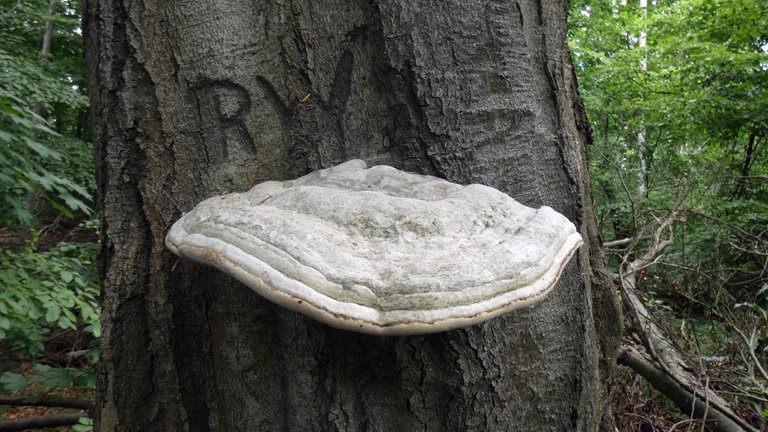

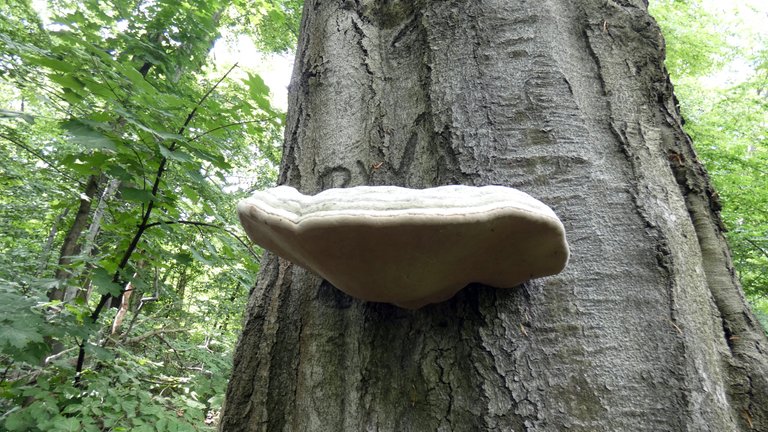
The cap of this perennial mushroom can be over 50 cm wide. The young fruit body has a bulbous shape, with age it can be fan-shaped, sometimes hoofed. The color is usually gray.
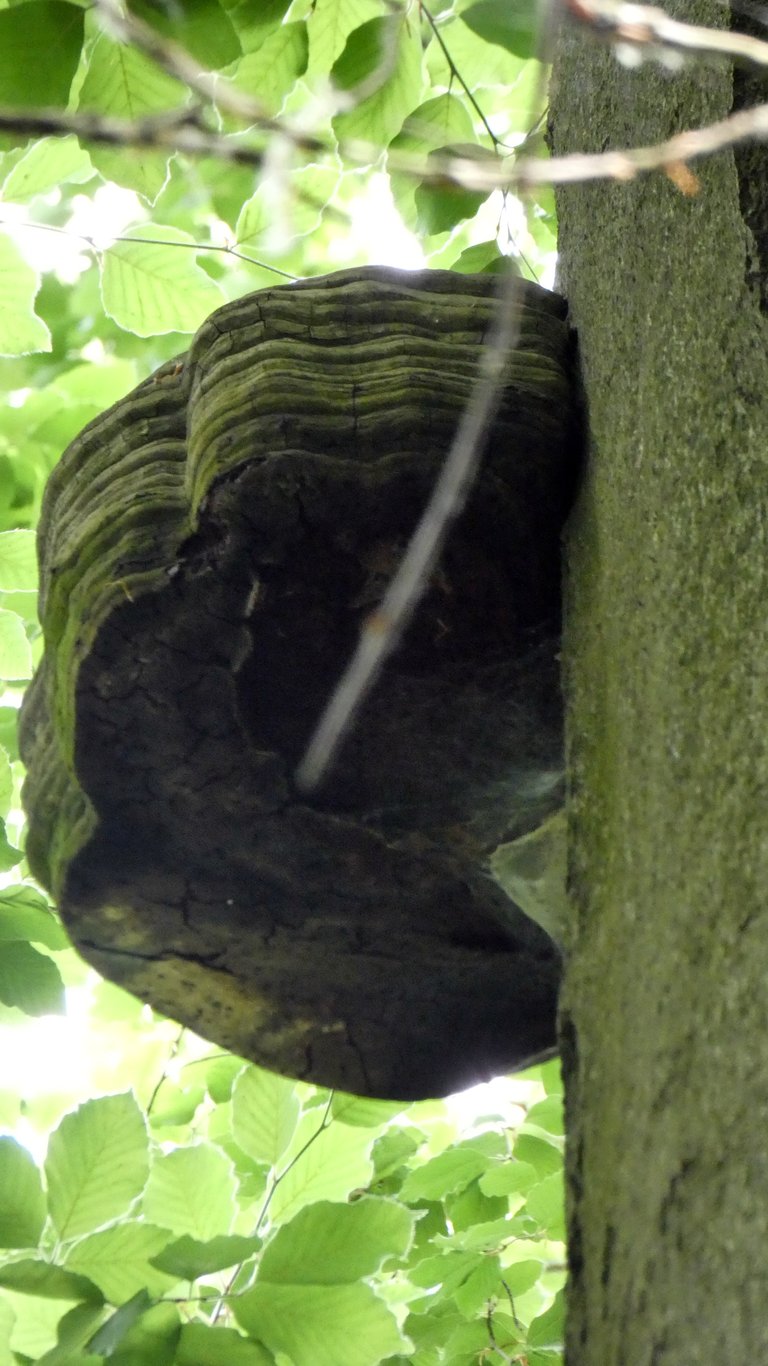 | 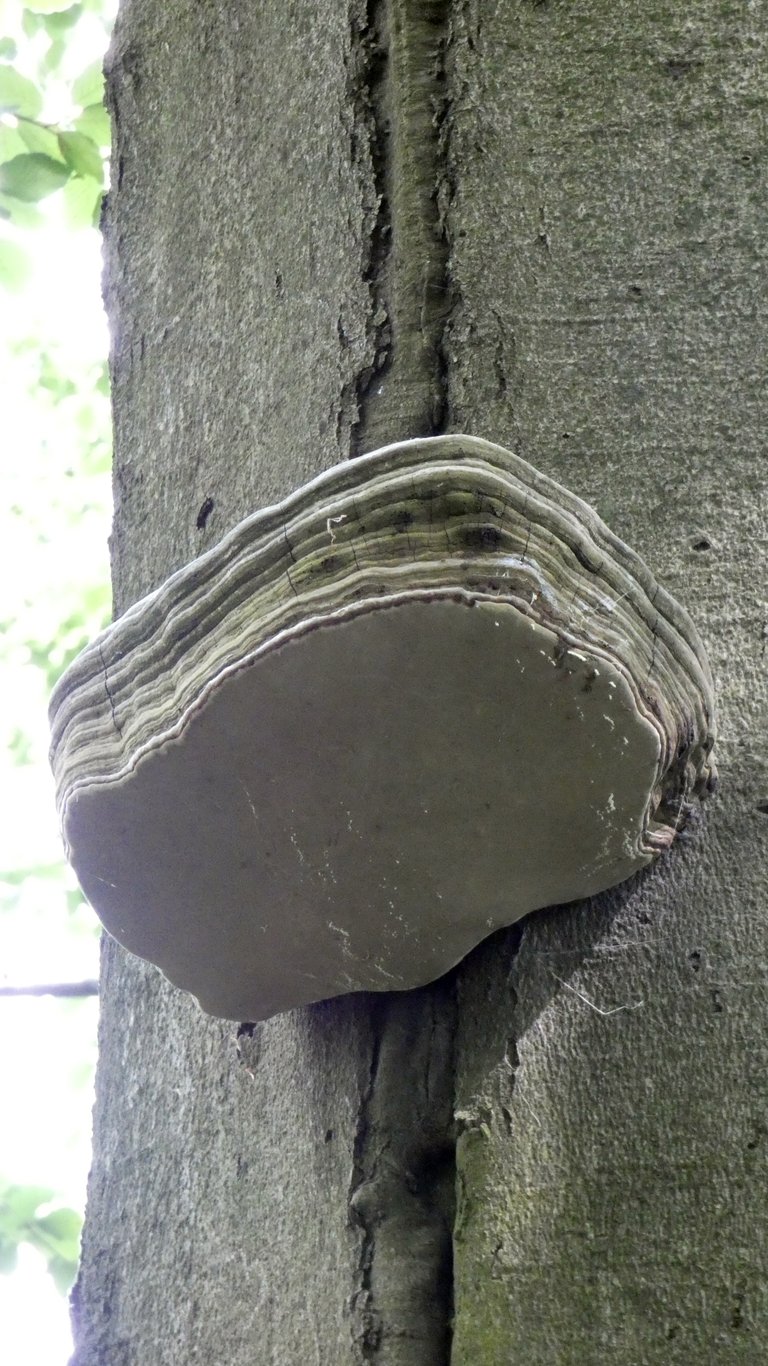 |
|---|
The shell is very hard, velvety, more often matte. The fungus shows clear growth zones that resemble some geological rock formations.

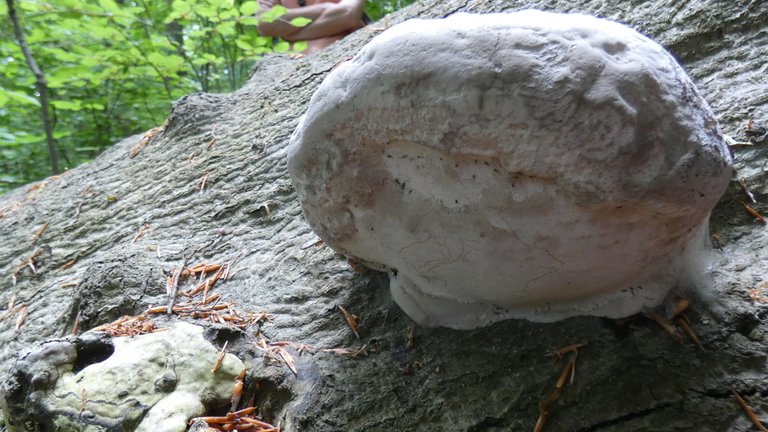
The fungus does not have a foot and is attached to the substrate laterally. The tubes are initially light orange, becoming brown over time.
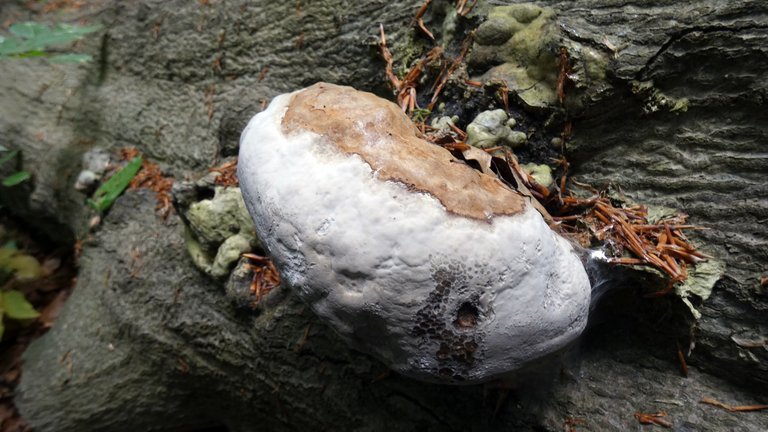
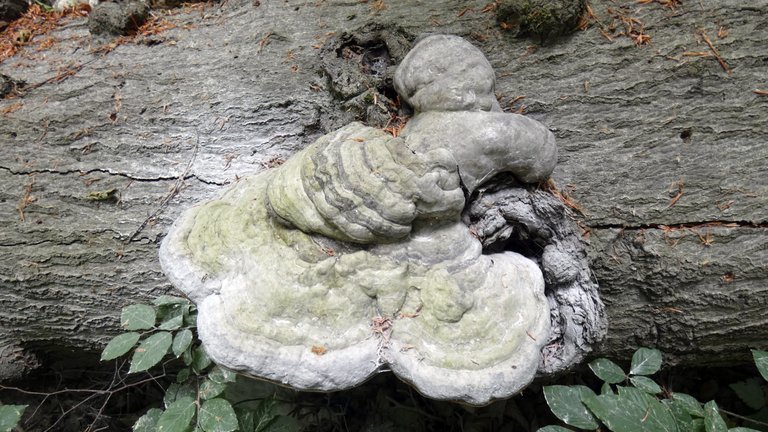
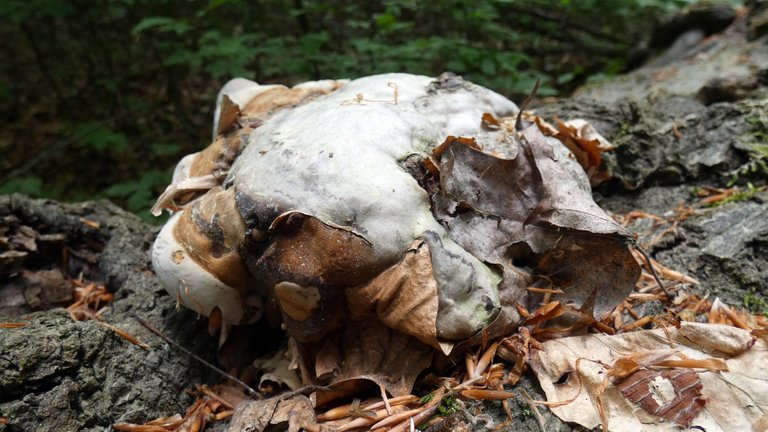
The flesh can be over 4 cm thick and has a rusty-brown color. The consistency resembles cork, wood. It has a very pleasant mushroom smell, but a bitter taste.
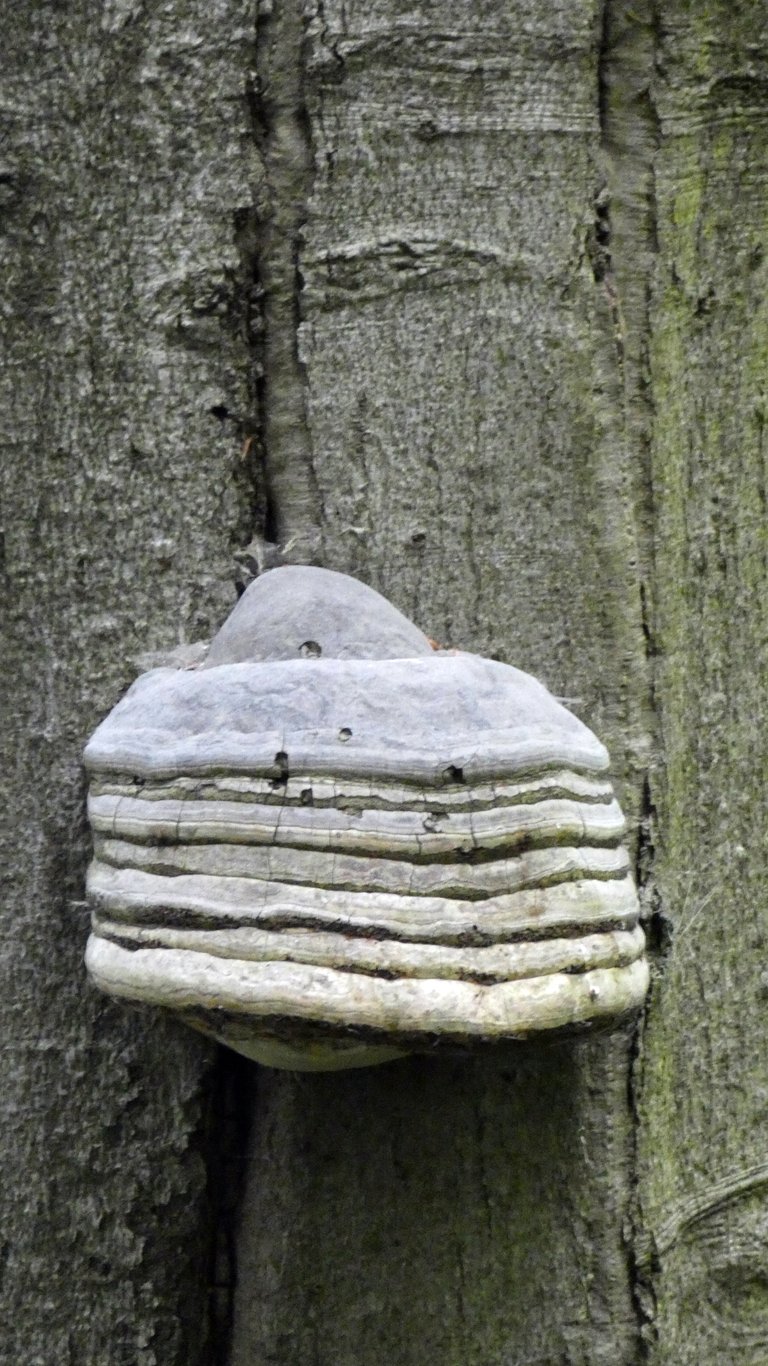 | 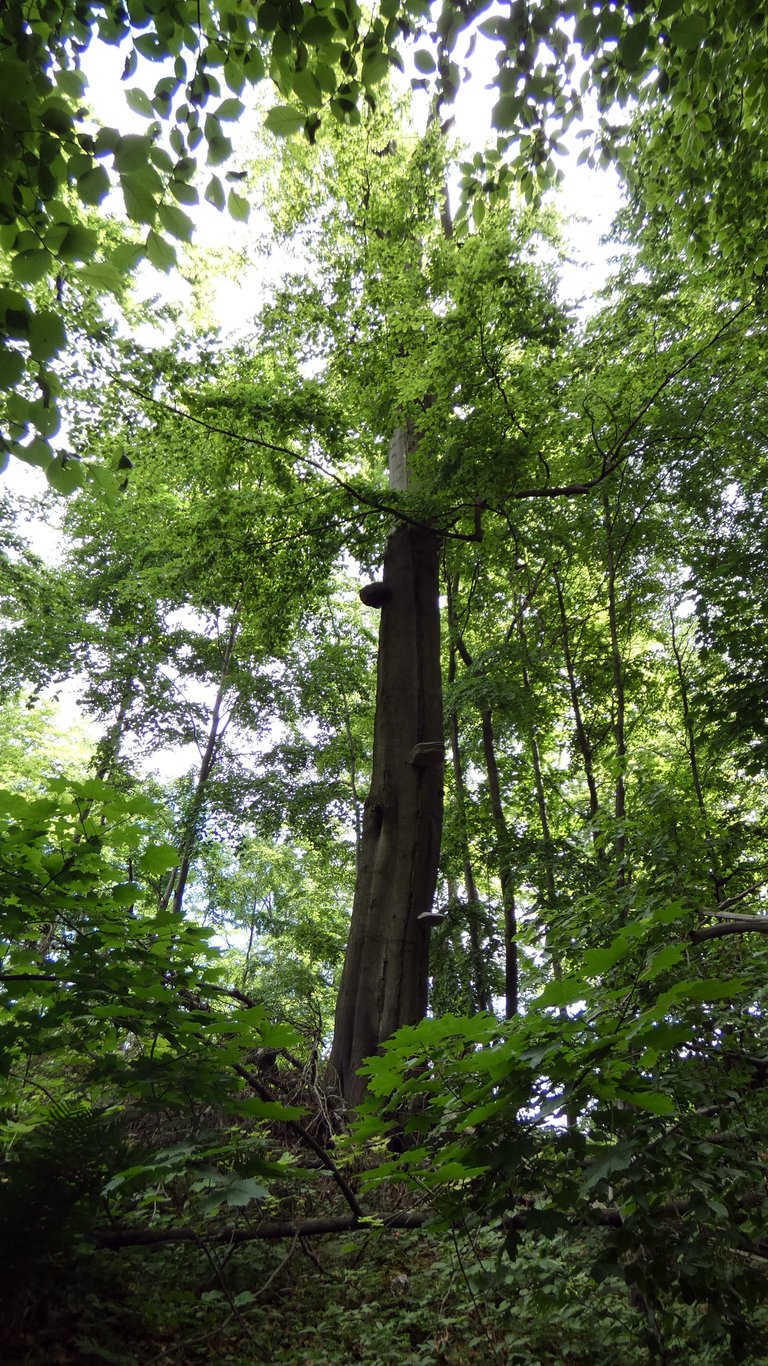 |
|---|
This fungus can be found in every forest with deciduous trees, it rarely appears on conifers. It is a parasitic fungus and most often we can find it on beech, birch, hornbeam, poplar, willow and oak.
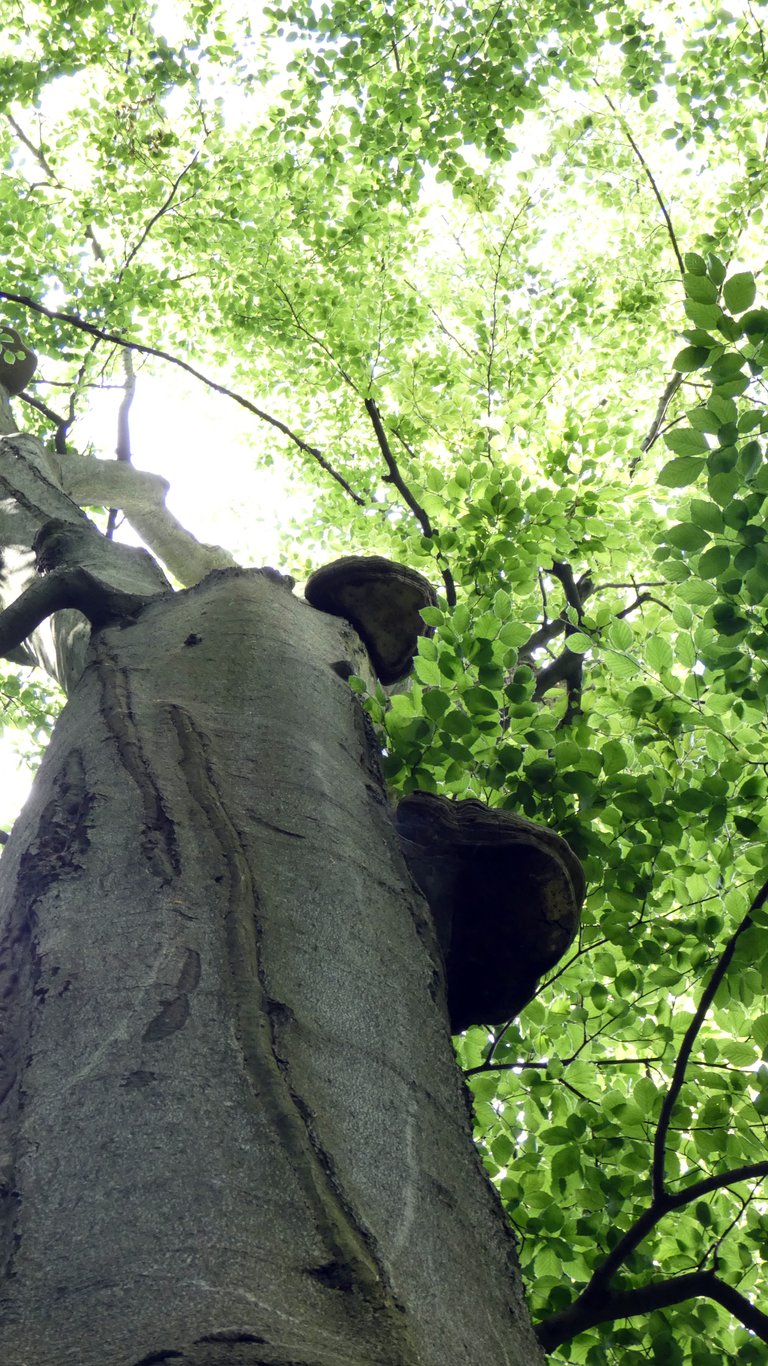 | 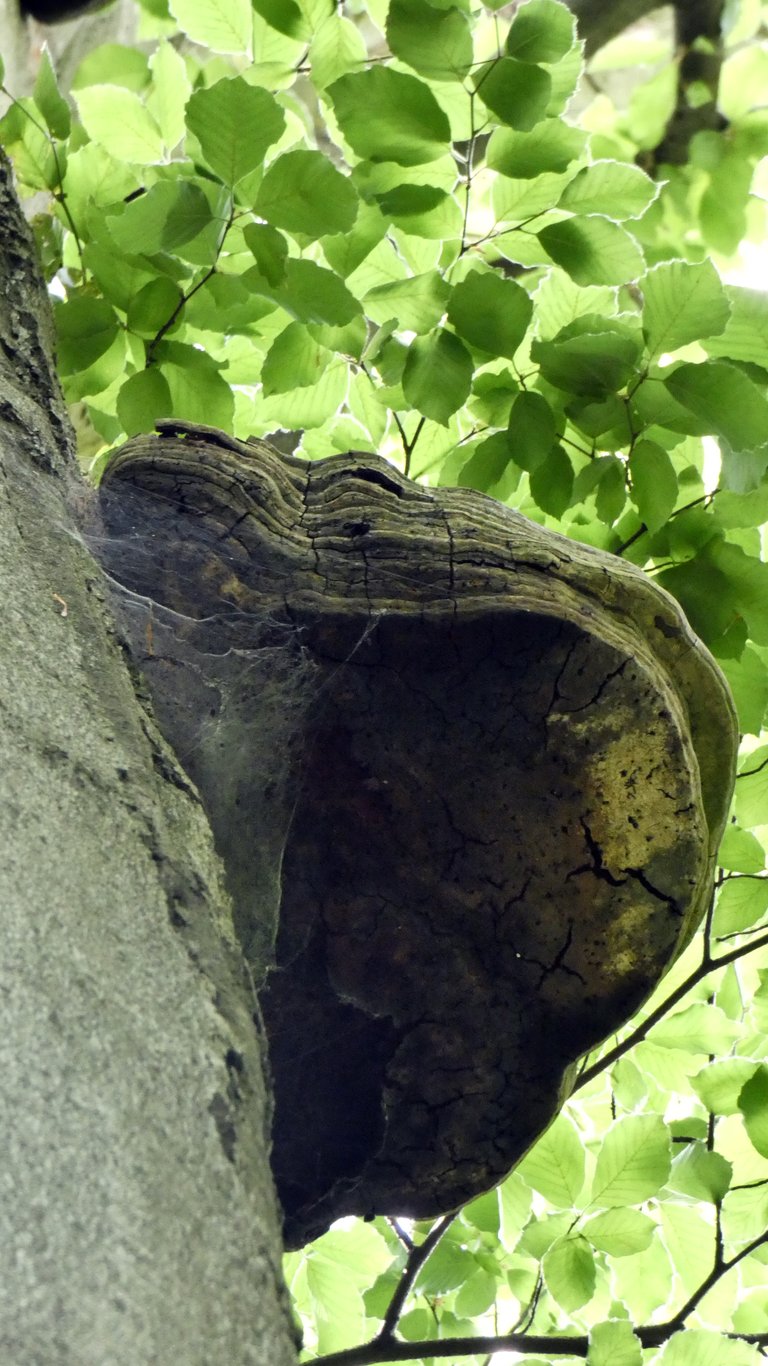 |
|---|
The common hubbug is a parasite, and unfortunately it is undesirable in forests, because it causes a lot of damage to them. What we see on the tree is just a small fruiting body of this pest.
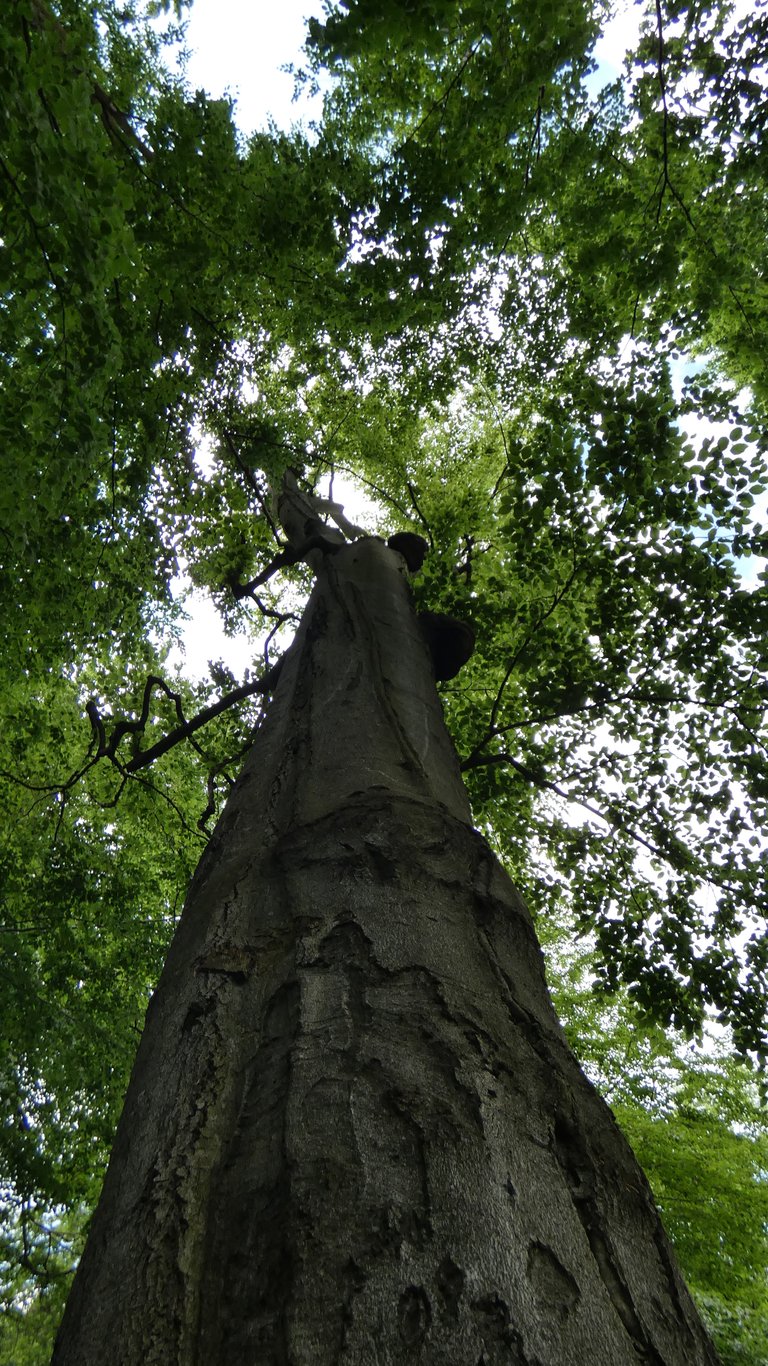 | 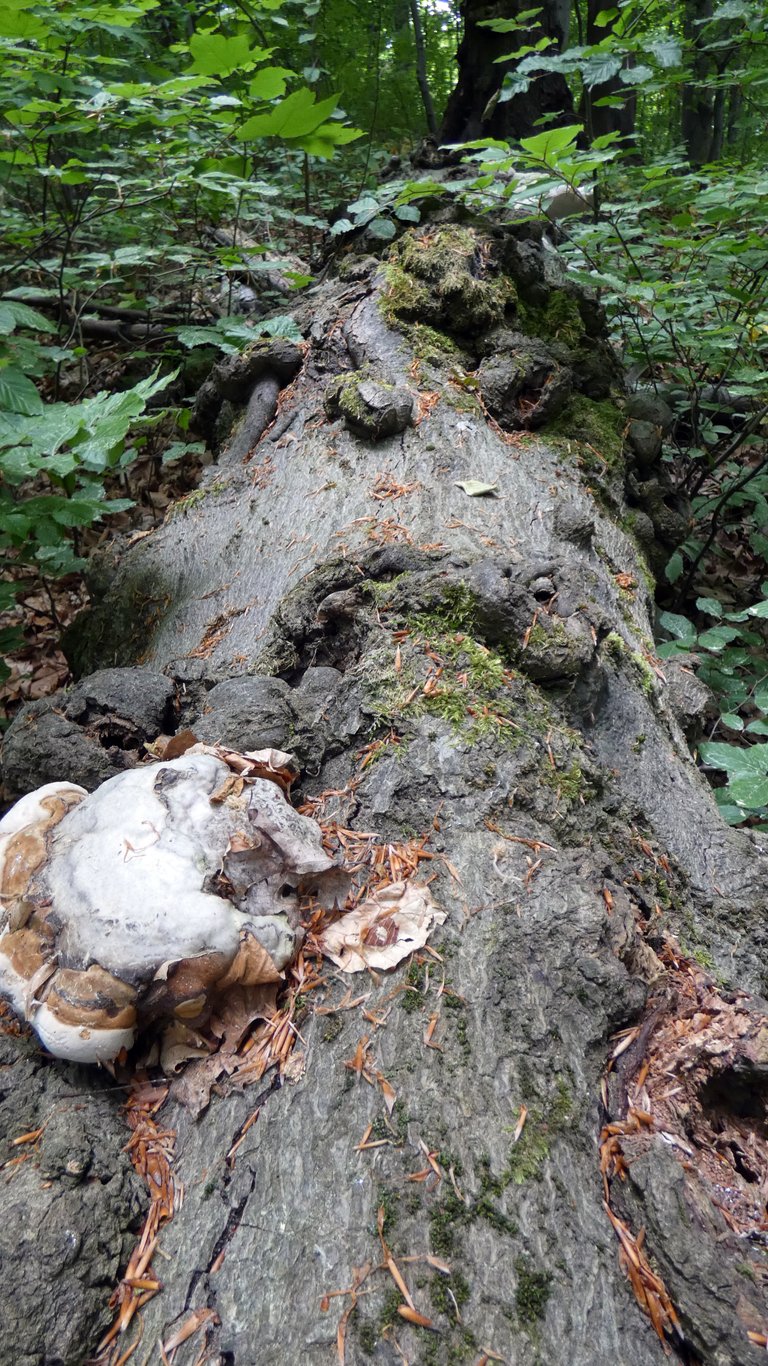 |
|---|
Everything else takes over the tree through the mycelial system and causes it to die. So when we see a beautiful polypore on a tree, it means that the tree is seriously infected and its days are numbered.
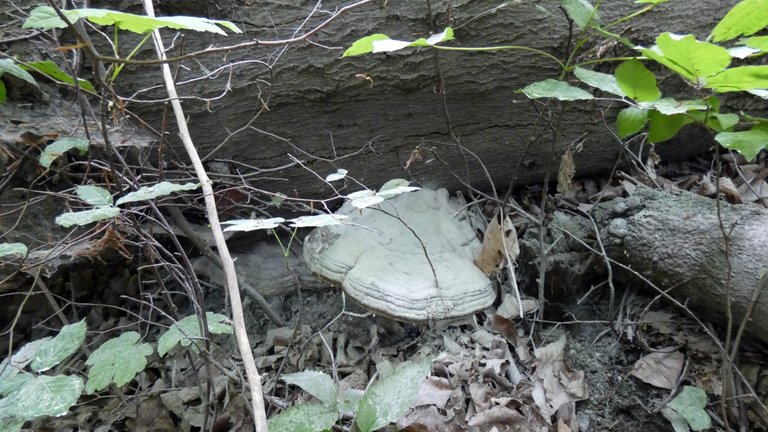

Although it is a parasite, it has many healing properties. Thanks to its antibiotic and analgesic properties, it is used to treat bleeding and bladder ailments.
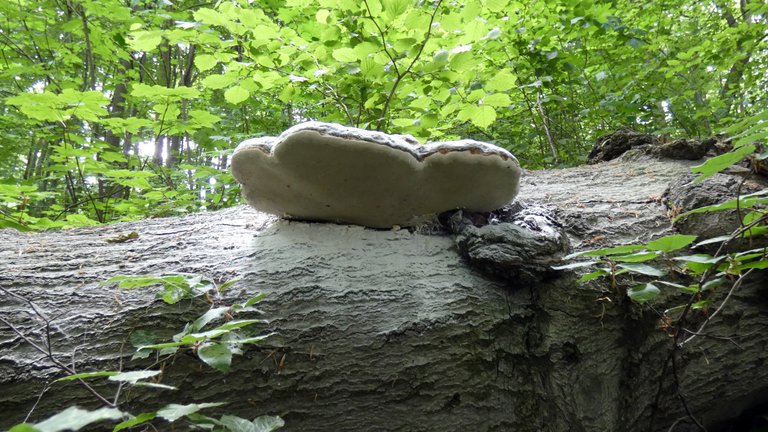
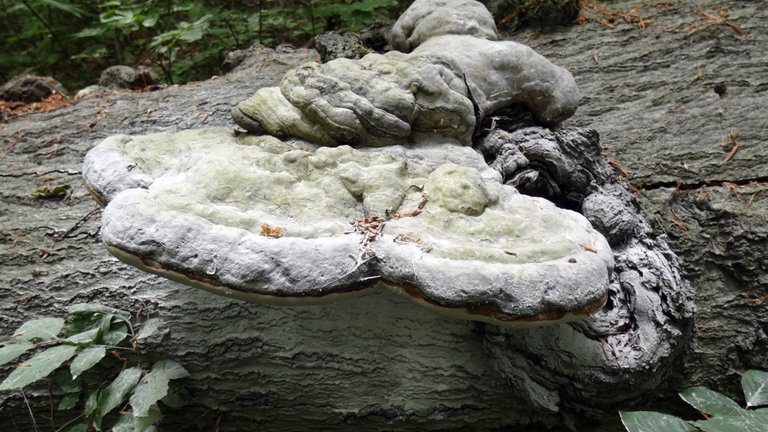
The antioxidants contained in the mushroom help in anti-cancer therapies.
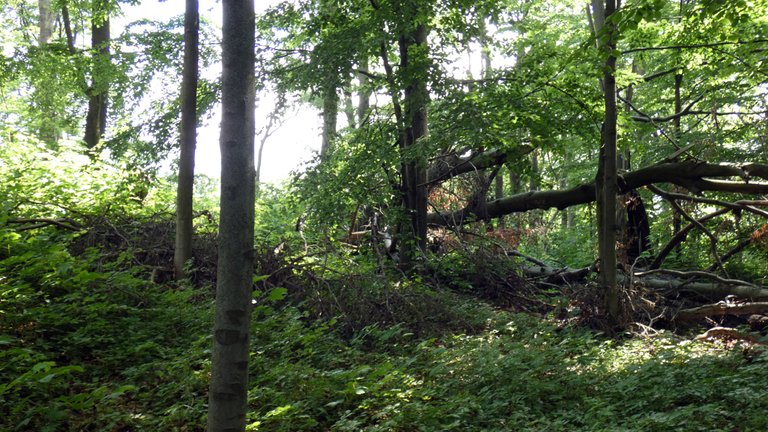

Yay! 🤗
Your content has been boosted with Ecency Points, by @madventure.
Use Ecency daily to boost your growth on platform!
Support Ecency
Vote for new Proposal
Delegate HP and earn more